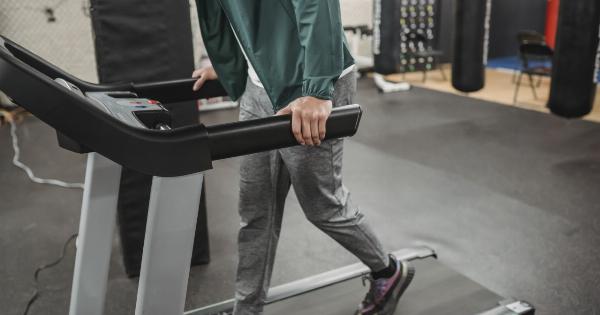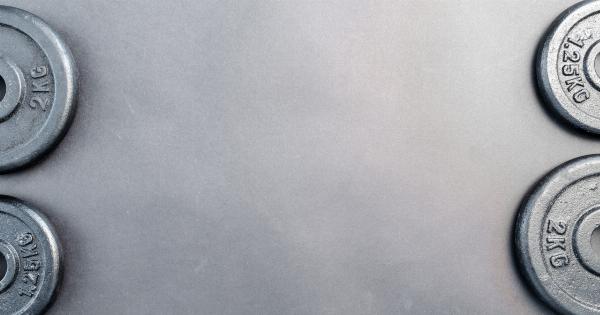Walking is an excellent form of exercise that can help you achieve and maintain a healthy weight. If you want to lose weight, walking can be a great way to burn calories, as it is an activity that you can easily incorporate into your daily routine.
But, just how much can you burn calories while walking?.
Calories burned per minute while walking
The number of calories that you burn while walking depends on several factors, including your weight, the speed at which you are walking, and the terrain on which you are walking.
Generally, the faster you walk and the harder the terrain, the more calories you will burn. Below is an estimate of the number of calories burned per minute of walking based on body weight and walking speed:.
| Body weight (lbs) | Calories burned per minute – 2.0 mph | Calories burned per minute – 3.0 mph | Calories burned per minute – 4.0 mph |
|---|---|---|---|
| 100 | 2.5 | 3.8 | 5.0 |
| 120 | 3.0 | 4.6 | 6.1 |
| 140 | 3.5 | 5.3 | 7.0 |
| 160 | 4.0 | 6.1 | 8.1 |
| 180 | 4.5 | 6.8 | 9.0 |
| 200 | 5.0 | 7.6 | 10.0 |
For example, if you weigh 140 pounds and walk at a speed of 3.0 mph, you can expect to burn around 5.3 calories per minute.
To estimate the total number of calories you burn during a walking session, you can multiply the number of calories burned per minute by the total number of minutes walked.
Factors that influence the number of calories burned while walking
As mentioned earlier, the number of calories that you burn while walking depends on various factors. Let’s take a closer look at the main ones:.
Body weight
Your body weight is one of the most significant factors that influence the number of calories burned while walking. The more you weigh, the more calories you burn while walking at the same speed and for the same amount of time as a lighter person.
Walking speed
The faster you walk, the more calories you burn per minute. However, walking too fast can also make you tired quickly, forcing you to take more breaks, which can lower the total number of calories burned.
Terrain
Walking on a level ground will burn fewer calories than walking on an incline. Walking on a rough terrain like trails or sandy beaches will require more energy and, therefore, burn more calories.
Body composition
Your body composition, specifically the percentage of muscle mass, can influence the number of calories you burn while walking. People with higher muscle mass burn more calories at rest and during exercise than those with less muscle mass.
The benefits of walking for weight loss
Walking is a low-impact exercise that can help you lose weight gradually without causing significant strain on your joints and muscles. Walking is a great exercise that can benefit your overall health and help you maintain a healthy weight.
Here are some benefits of walking for weight loss:.
Boosts metabolism
Walking helps to increase your metabolism, which is the rate at which your body burns calories. Walking can help you burn calories even after you’ve stopped exercising.
Reduces stress
Walking is an excellent way to reduce stress and anxiety, which can contribute to emotional eating and weight gain.
Improves cardiovascular health
Walking is a cardiovascular exercise that strengthens your heart and reduces your risk of heart disease and other chronic conditions.
Easy to incorporate into your daily routine
Walking is an activity that you can easily incorporate into your daily routine. You can walk to work, walk to the shops, or take your dog for a walk. This makes it an easy exercise to stick to.
Tips to increase the number of calories burned while walking
If you want to increase the number of calories that you burn while walking, here are some tips that you can follow:.
Increase the intensity
To burn more calories while walking, you need to increase the intensity. You can do this by walking uphill or carrying weights while walking.
Take shorter breaks
If you take long breaks between walking sessions, you may not be burning as many calories as you could be. Take shorter breaks and try to walk for longer periods.
Walking with a partner
Walking with a partner can help to keep you motivated and increase the intensity of your walk. You can challenge each other and push yourselves to walk faster and farther.
Variety
Varying your walking routine can help to keep it interesting and challenging. Try to walk on different terrains or take a different route.




























